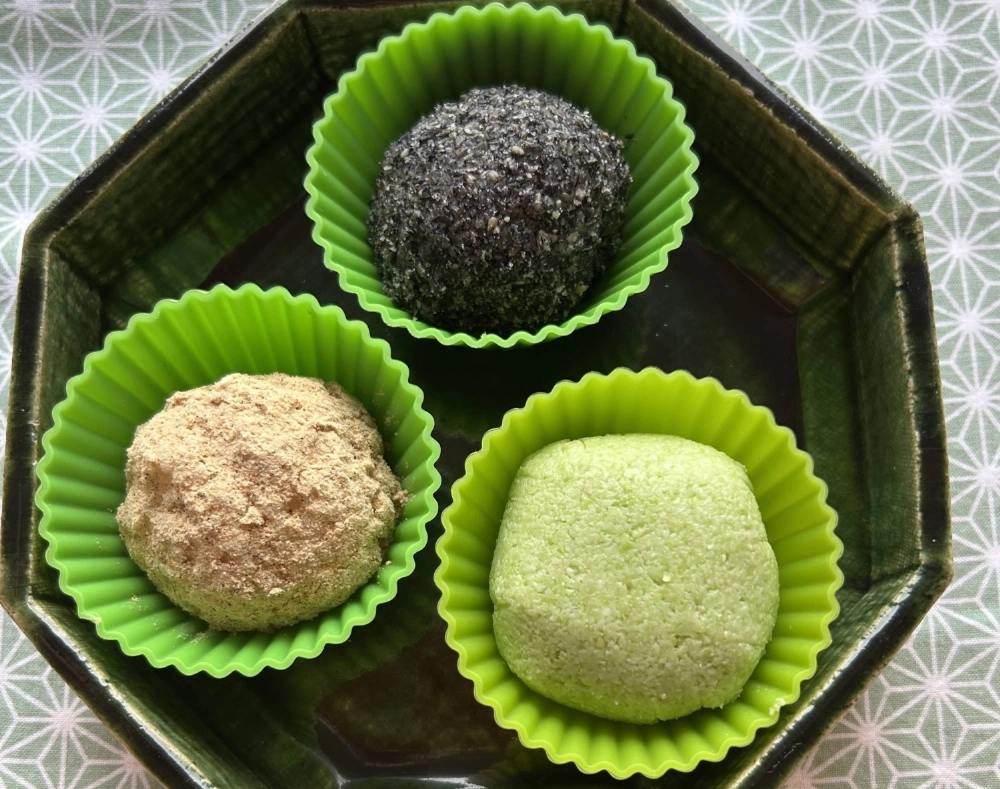In Japan, the national holidays of Shunbun no Hi (Vernal Equinox Day) and Shubun no Hi (Autumnal Equinox Day) occur in March and September, respectively. Both are central days of the biannual, week-long Japanese Buddhist holidays known as higan, an equinoctial celebration that traces its tradition back to the Heian Period (794-1185).
This year’s autumnal higan starts Sept. 20 and ends Sept. 26.
In Japan, where many culinary practices are linked to the seasons, it’s not surprising that a special sweet is enjoyed during higan. For the vernal or spring equinox (haru no higan), plump sticky rice sweets go by the name of botamochi because they are thought to resemble the botan (peonies) that are in bloom. In autumn, the same sweets are called o-hagi (clover) because of their resemblance to the plant’s flowers.


















With your current subscription plan you can comment on stories. However, before writing your first comment, please create a display name in the Profile section of your subscriber account page.